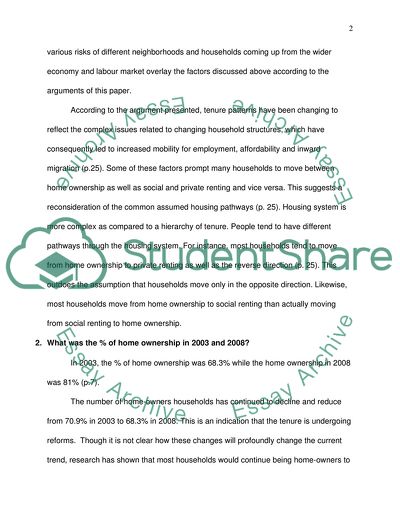Cite this document
(Housing in Context Assignment Example | Topics and Well Written Essays - 2500 words, n.d.)
Housing in Context Assignment Example | Topics and Well Written Essays - 2500 words. Retrieved from https://studentshare.org/social-science/1826838-housing-in-context
Housing in Context Assignment Example | Topics and Well Written Essays - 2500 words. Retrieved from https://studentshare.org/social-science/1826838-housing-in-context
(Housing in Context Assignment Example | Topics and Well Written Essays - 2500 Words)
Housing in Context Assignment Example | Topics and Well Written Essays - 2500 Words. https://studentshare.org/social-science/1826838-housing-in-context.
Housing in Context Assignment Example | Topics and Well Written Essays - 2500 Words. https://studentshare.org/social-science/1826838-housing-in-context.
“Housing in Context Assignment Example | Topics and Well Written Essays - 2500 Words”, n.d. https://studentshare.org/social-science/1826838-housing-in-context.


